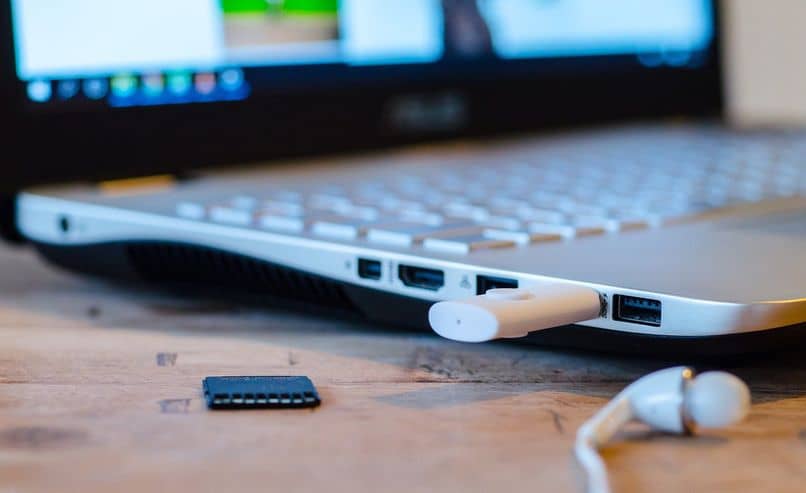Having knowledge about a history of USB devices that have been connected since the first time the computer was turned on is a very useful tool, and today we are going to explain why.
In addition to the Internet, any connection made through these ports (mainly pen drive) tends to harbor some type of risk. Since they are the habitat of viruses.
In the event that the computer you are using is personal or public network, there is the possibility of not being able to control the number of connected devices and that represents a breach before the protection barriers.
If unfortunately you have a degree of infection within the operating system (and you want to know its origin) or you simply want to obtain a list to maintain control. This history may prove to be very helpful to you.
Methods of obtaining the history of USB devices
This procedure can be completed from the comfort of your computer, or by using a portable third-party program. The use of either is recommended.

This is because both are capable of completing the task, even though one provides more detailed information than the other. However, the usefulness of these histories is within everyone’s reach, and today you can learn how to do it.
Get history from command prompt
Accessing this section is quite simple, but it depends directly on the version of Windows that your computer runs. For example, for users using versions prior to Windows 10, they need to enter the word “cmd” into the search engine or the “Run” function to open it.
On the other hand, those who use this new operating system only need to right-click on the “Start Menu” to access it directly.
Once the command window opens, you will need to return to the root of the “C” drive, typing “cd” followed by the “Enter” key until successful.
The next step will be to enter the command “reg query hklmsystemcurrentcontrolsetenumusbstor /s” without quotes and then press the “Enter” key again.
Automatically within the window a list of all the devices that have ever been connected to the computer will appear, accompanied by their identification.
Use USBDeview to acquire history
In case the history of USB devices provided by the command prompt does not look nice at a glance, there is always a third-party program that can help you.
Although the Internet is surrounded by many software that promise to fulfill this purpose. This is the most recommended for having portable features, low weight and a lot of detail within your report.
As far as USBDeview is concerned, it can be purchased through its official site as a direct download. In addition, it is compatible for Windows versions ranging from XP to the latest.

The ZIP file that you will have to download will depend on the number of bits with which the browser to be analyzed operates, and once it is finished you will only have to decompress it and run it.
The software will automatically provide you with a report with the extensive list of devices that have been connected to the computer. Accompanied by information such as its name, description, driver it uses, its serial number, among others.
How is it possible to get a history of USB devices?
Everything is due to the ability of the computer to store the necessary data on connected devices. The main function of this skill is for each time the admin user or anyone else connects a device. This is kept remembered within the computer.
In this way, it is also sought that there is no need to reinstall the drivers to use it. Thanks to this, this history will include in its list those devices that are not currently connected to the computer.
So with these simple methods you can acquire control of each of the devices that have ever entered your computer.
The history of USB devices will serve as a tool to find sources of possible contamination and invasion of privacy. In order to prevent the next time the connection is made.













